
Agave xylonacantha Photo by: Viviana Alejandra Castro
Origin and Habitat: Mexico (Nuevo León, Hidalgo, San Luis Potosi, Tamaulipas, Guanajuato, Queretaro)
Habitat: Mountain dry limestone slopes and valleys on of desert side of the Sierra Madre Orientale at elevations about 900-1000 in the Mexican States of Tamaulipas, San Luis Potosim and Hildalgo.
Synonyms:
See all synonyms of Agave xylonacantha
back
Accepted name in llifle Database:Agave xylonacantha Salm-DyckBonplandia 7: 92. 1859Synonymy: 21
Cultivars
(1):
back
Common Names include:
ENGLISH: Century Plant, Saw Leaf Agave
SPANISH (Español): Maguey diente de tiburón
Description: The Saw Leaf Agave (Agave xylonacantha) generally produces a single rosette but some plants will produce offsets with time. Each rosette grows up to 30 cm tall and 120 cm wide and has an open, free form and produces relatively few leaves compared to other agaves.
Stem: Short.
Leaves: Few (not more than 20 per plant) 40-90 cm long, 5-10 cm wide. Ensiform-lanceolate, tappering from the base, rather rigid, rough, often broadest in the middle, long-accuminated, rounded below, plane to concave above. The margins of the leaves have broad, flat, light coloured almost papery spines on broad teats (usually 2-5 cm apart) that run together along the leaf margin that are arranged in an irregular fashion, making the leaves look like old fashioned wood saw blades. Leaf colour varies from seedling to seedling, ranging from acid-green, to dull blue-green to olive-green to almost silver (rarely yellow green) with a lighter centre stripe. Terminal spine, trigonus-subulate, grooved at the base, stout, 2,5-5 cm, pale brown to light grey.
Inflorescence: Erect 3-6 m tall, sinuous, spicate and long tappering, flowering in the upper ½ or ? part.
Flowers: 3-8 together, 40-50 mm long, ovarium fusiform, 20-35 mm long, tepals greenish to pale yellow, tube 3-5 mm long, lobes equal 15-20 mm long.
Remarks: This plant is related A. lophanthatha. The leaf margins with large flattened, several tipped, teeth are like an exaggeration of the forms known A. lophanthatha.
Subspecies, varieties, forms and cultivars of plants belonging to the Agave xylonacantha group
Bibliography: Major references and further lectures
1) Urs Eggli "Illustrated Handbook of Suculent Plants: Monocotyledons" Springer, 2001
2) Howard Scott Gentry “Agaves of Continental North America” University of Arizona Press, 01/Feb/2004
3) August J. Breitung: “Agave xylonacantha” In: “The Agaves.” The Cactus & Succulent Journal Yearbook, 1968
4) Mary & Gary Irish: "Agaves, yuccas, and related plants." Timber Press. 2000
5) J.Thiede: “Agave xylonacantha.” In: Urs Eggli (Hrsg.): “Sukkulenten-Lexikon. Einkeimblättrige Pflanzen (Monocotyledonen).” Eugen Ulmer, Stuttgart 2001
6) James L. Reveal & Wendy C. Hodgson: “Flora of North America Agavaceae.” 2002
7) Bailey, L.H. & E.Z. Bailey. 1976. "Hortus Third" i–xiv, 1–1290. MacMillan, New York.
8) Wikipedia contributors. "Agave xylonacantha." Wikipedia, The Free Encyclopedia. Wikipedia, The Free Encyclopedia, 18 Oct. 2014. Web. 2 Nov. 2014.
9) CONABIO. 2009. "Catálogo taxonómico de especies de México." 1. In Capital Nat. México. CONABIO, Mexico City.
10) T. Heller "Agaven." Münster 2006
11) Greg Starr “Agaves: Living Sculptures for Landscapes and Containers” Timber Press, 27/Jun/2013
12) San Marcos Growers contributors “Agave xylonacantha, Saw Leaf Agave” San Marcos Growers <http://www.smgrowers.com>. 23 Oct. 2014.
13) Yucca Do Nursery “Agave xylonacantha <www.yuccado.com/agave-xylonacantha.html>. 23 Oct. 2014.
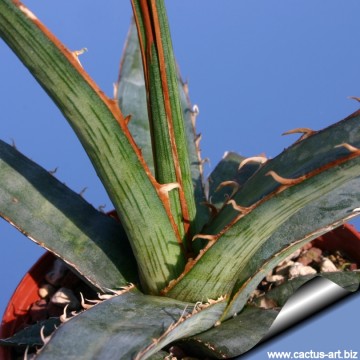 Agave xylonacantha Photo by: Cactus Art
Agave xylonacantha Photo by: Cactus Art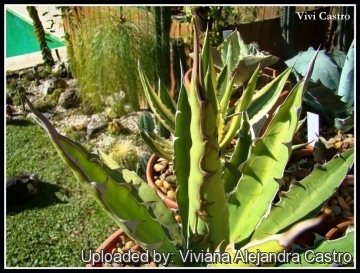 Agave xylonacantha Photo by: Viviana Alejandra Castro
Agave xylonacantha Photo by: Viviana Alejandra Castro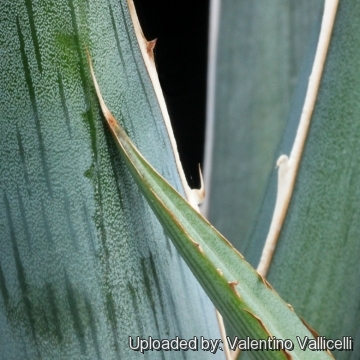 Agave xylonacantha Photo by: Valentino Vallicelli
Agave xylonacantha Photo by: Valentino Vallicelli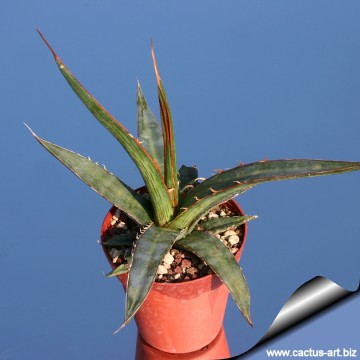 Agave xylonacantha Photo by: Cactus Art
Agave xylonacantha Photo by: Cactus Art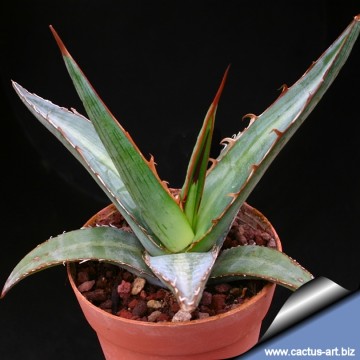 Agave xylonacantha Photo by: Cactus Art
Agave xylonacantha Photo by: Cactus Art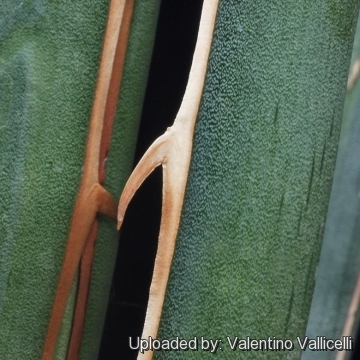 Agave xylonacantha Photo by: Valentino Vallicelli
Agave xylonacantha Photo by: Valentino Vallicelli Agave xylonacantha Photo by: Viviana Alejandra Castro
Agave xylonacantha Photo by: Viviana Alejandra CastroSend a photo of this plant.The gallery now contains thousands of pictures, however it is possible to do even more. We are, of course, seeking photos of species not yet shown in the gallery but not only that, we are also looking for better pictures than those already present.
Read More... Cultivation and Propagation: A. xylonacantha is a stunning specimen plant for containers or a well drained spot in the garden noted as rare in cultivation. It tend to be slow grower, but worth the effort. Grow them in porous soil with adequate drainage. They do well in full sun or a lightly shaded area. Water thoroughly when soil is dry to the touch. In winter watering this plant can be done once every 1-2 months, there is no need to mist the leaves. It is theoretically hardy to -3° C, particularly when dry but it is best to avoid severe freezing temperatures. Heat Tolerance: Excellent
Propagation: Relatively easy to propagate by seeds or by suckers (if available) Remove the basal suckers in spring or summer and let the cuttings dry for a few days before inserting in compost.. only problem is the logistics of getting to the suckers - very sharp spines and suckers usually right up against, or underneath the mother plant.
Use: These striking plants are wonderful when used for accent or simply to provide some all year round foliage colour and often used in a pot as a patio plant, they make an eye-catching statement and along with other evergreen plants in pots, can be moved around to change the scenery or position to give more shelter.
Your Photos
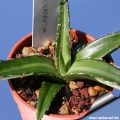
by Cactus Art


















